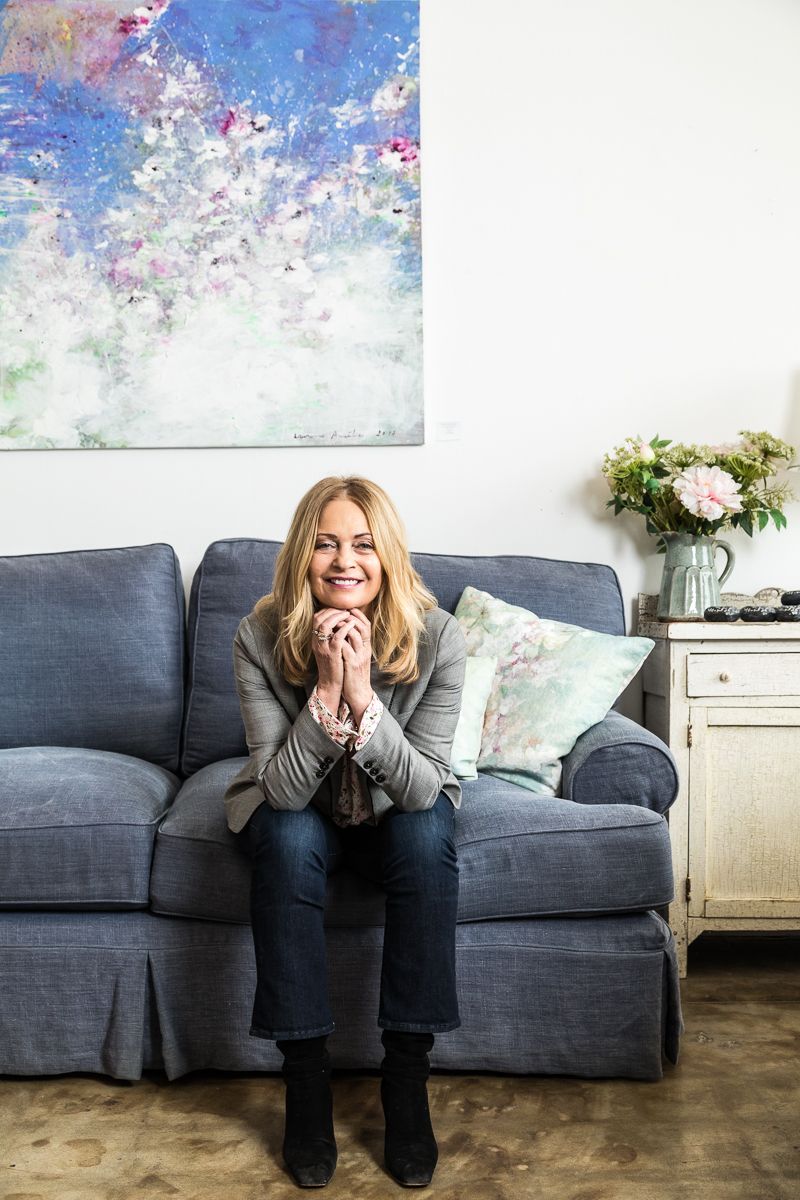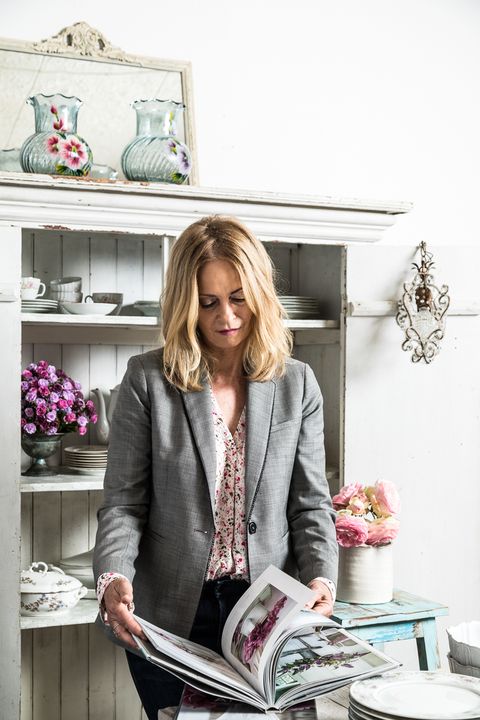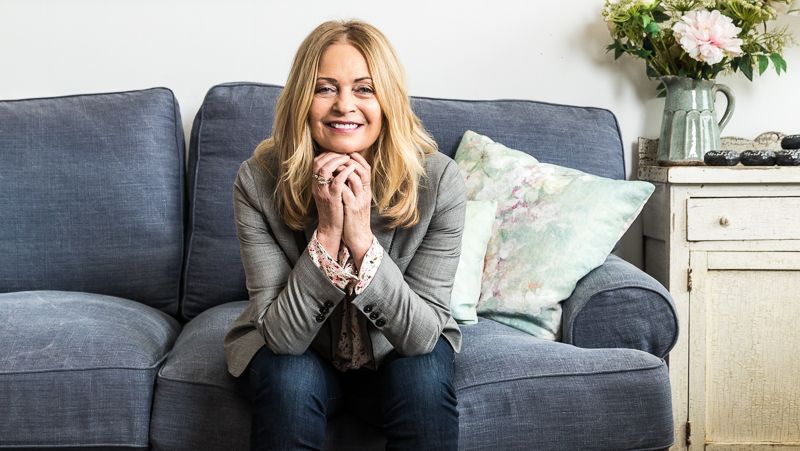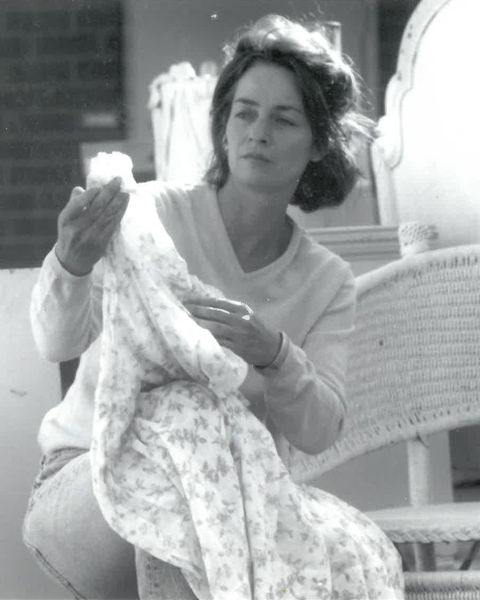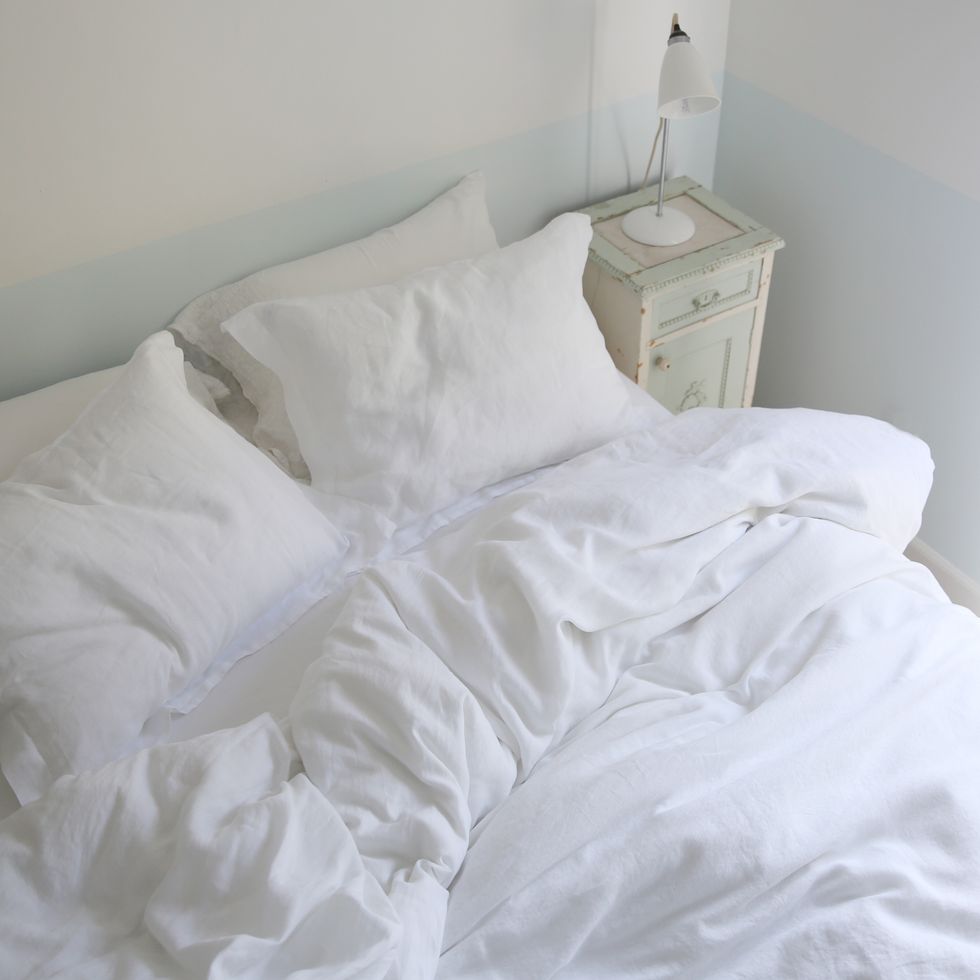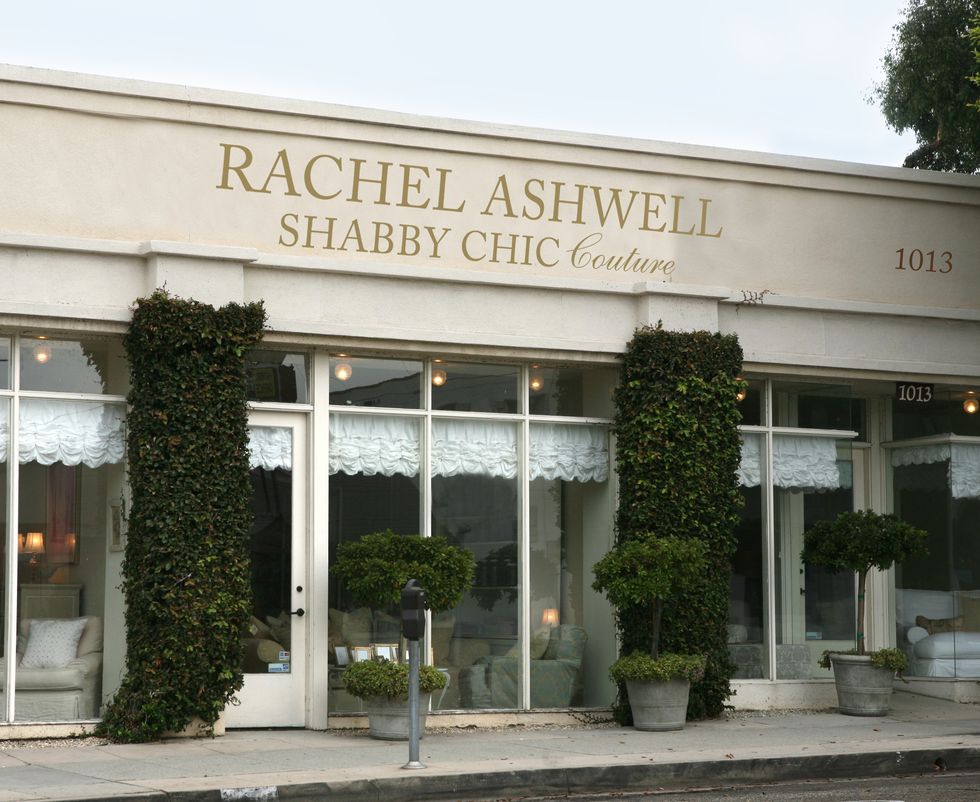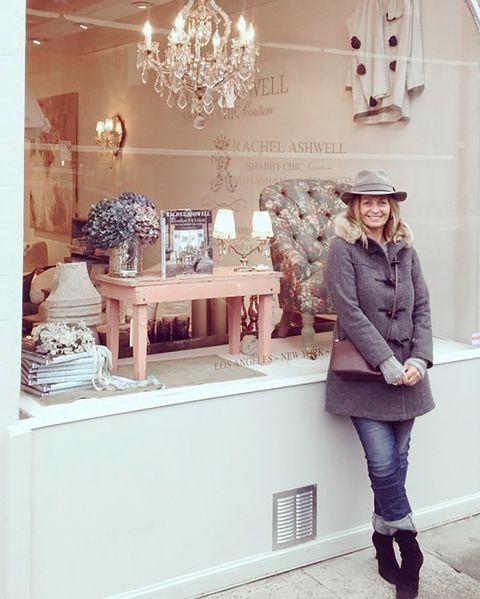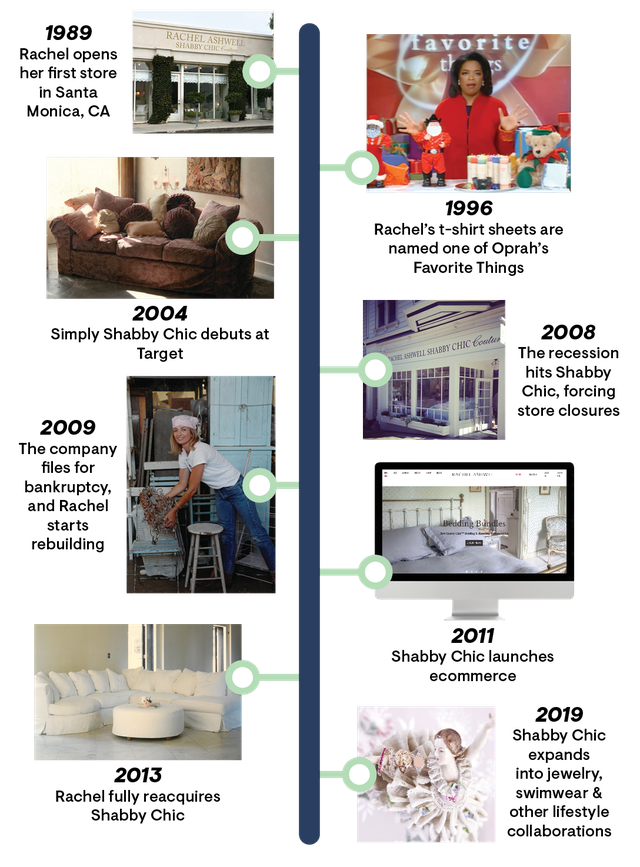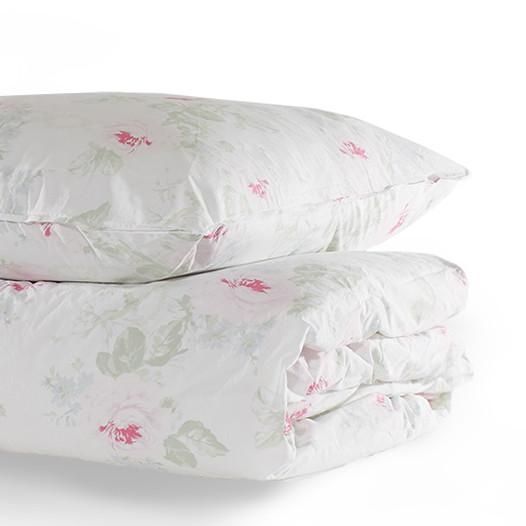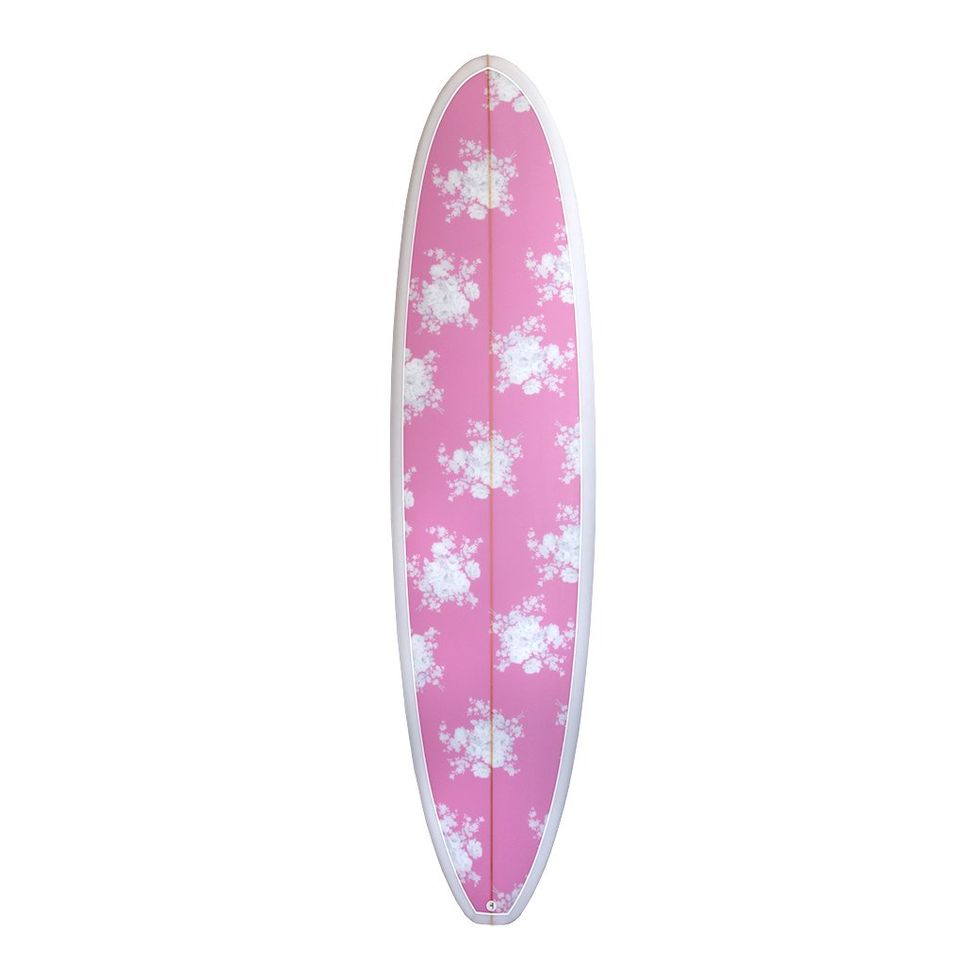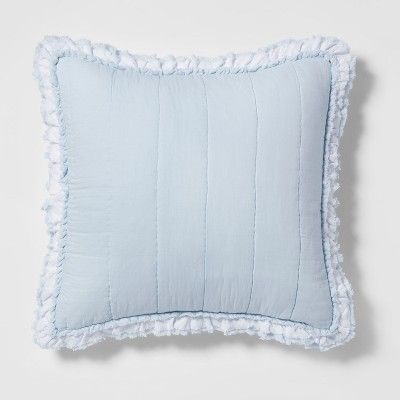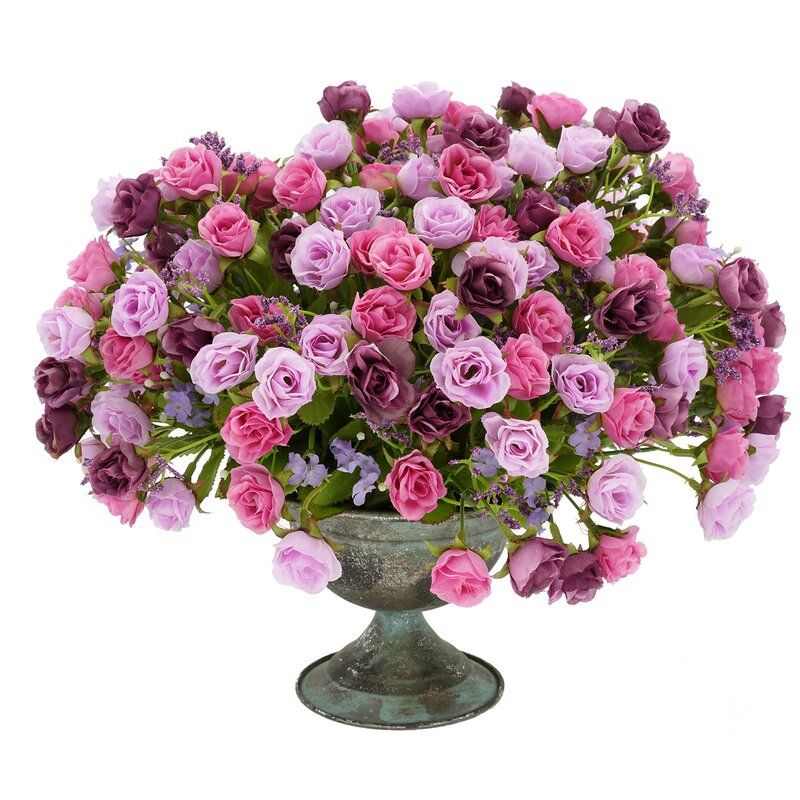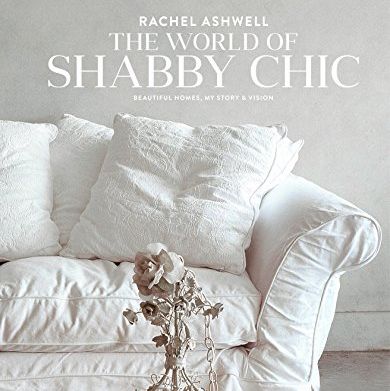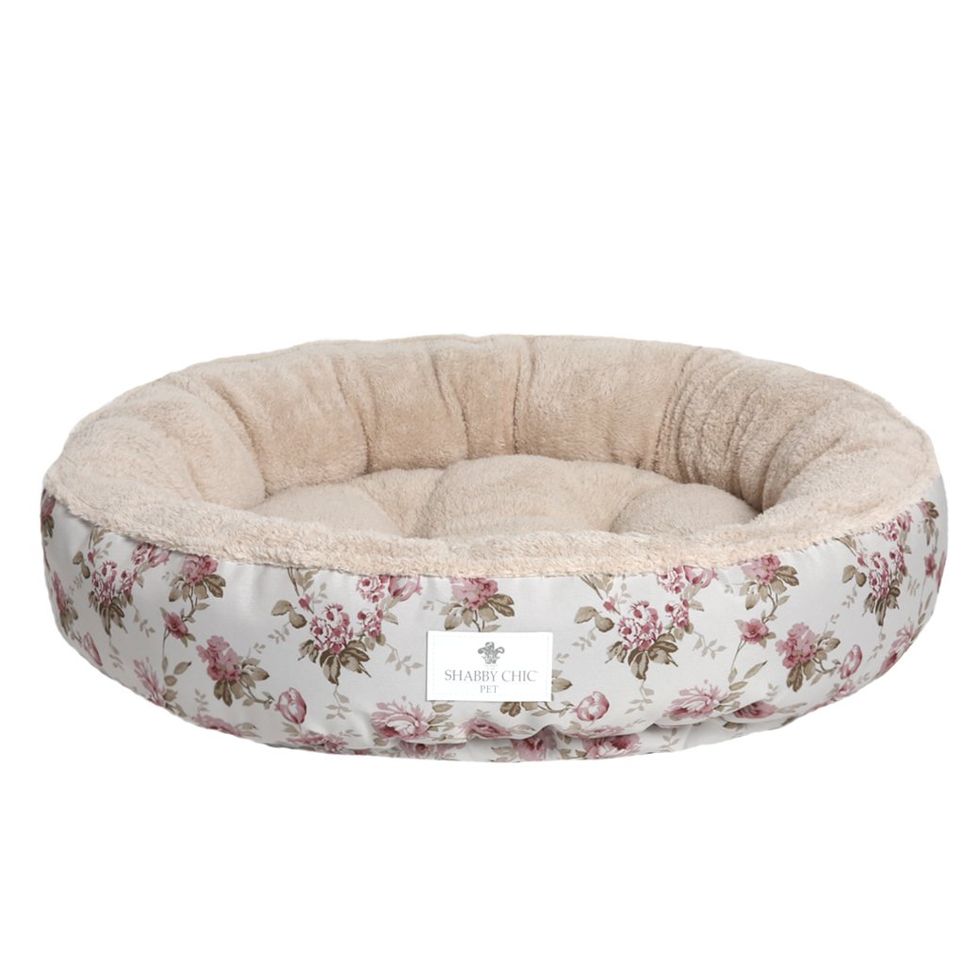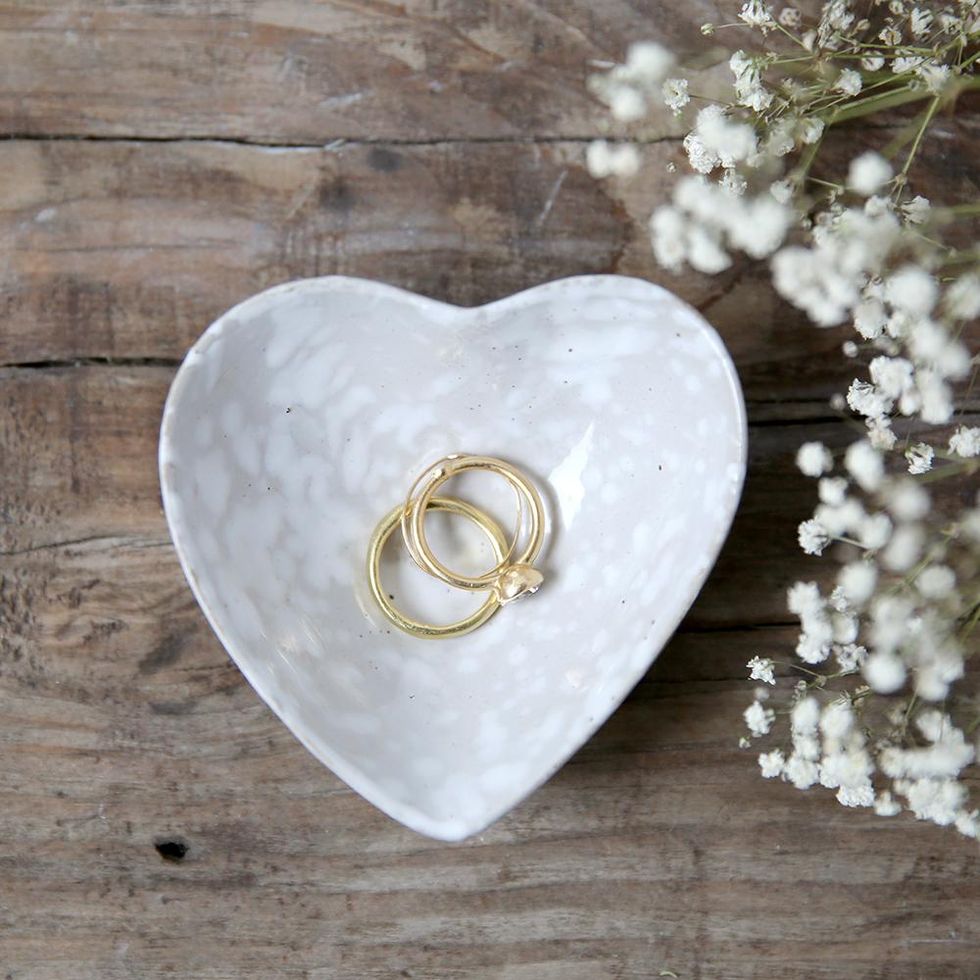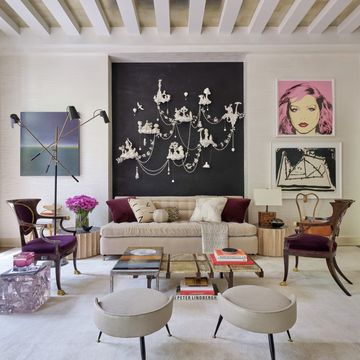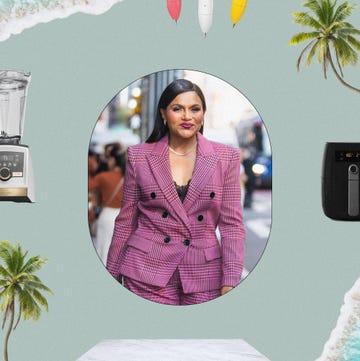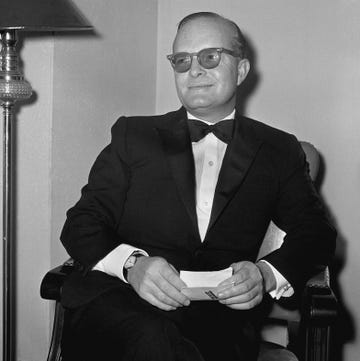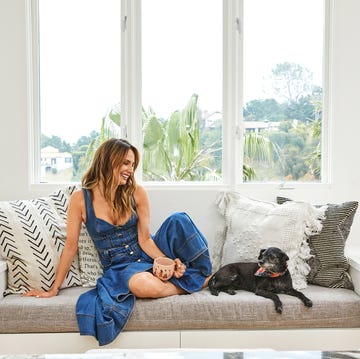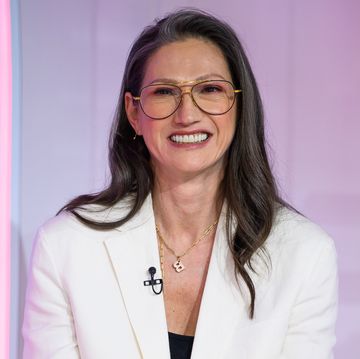Rachel Ashwell didn’t set out to coin a new design philosophy, let alone build one of the most buzzed-about brands of the '90s. In fact, when she launched the brand in 1989, her reason for opening a decor shop in Santa Monica, California, was quite practical: She had a toddler and a newborn at home, and she needed a job that would give her the flexibility to focus on them.
"I just envisioned a small, quiet store," Rachel says. The designer had been working as a stylist for commercials, but she'd always been drawn to reimagining flea-market finds—her mom sold antique dolls and her dad dealt old books—so she applied that passion to her shop, Shabby Chic, selling vintage decor and slipcovered furniture. She highlighted a range of items early on, from “cheap and cheerful” table lamps to gleaming chandeliers.
"I like that juxtaposition of having a humble home, maybe a little cottage, but giving it that twinkly kind of glamour," Rachel explains, walking through her store. At the time, that high-low mix wasn't all that common—but it caught on like wildfire. "Truthfully, within three weeks of opening the store, it was like, 'Whoa, this is—this is going to be quite different.' I had to work out how to handle that."
Rachel's dream of a quiet life was soon upended, replaced with a bigger dream: "inspiring women to put together a home that feels like a really great nest for them." She got to work, designing her own products and creating a brand that transcended slipcovers or a single storefront. Now, as the company turns 30 this year, Shabby Chic has taken on a life of its own. From a life-changing feature on The Oprah Winfrey Show to reclaiming her company after its recession-era bankruptcy, Rachel has weathered the highest highs and lowest lows—and she's quietly building a business that's designed to stand the test of time.
Humble Beginnings
The Shabby Chic aesthetic can be summed up pretty simply—"beauty, comfort, function"—which is probably why it's become so easily recognizable. Those three words serve as Rachel's north star, so every new venture remains true to the brand's DNA, whether it's a chaise or a surfboard. (And yes, you can now buy a Shabby Chic surfboard—it, along with a fine-jewelry line, is part of a series of collaborations to celebrate the brand's 30th anniversary.) Even the name itself conjures an image, helping people immediately understand the look.
“When I first started Shabby Chic, I was quite shy, and the only color I could commit to was white,” Rachel admits. “As I got more comfortable, I went into pastels. Now I’m into smokier colors, still within that feeling of timelessness and vintage, and it has broadened our market.”
The brand has become known for certain hallmarks, all executed in a very specific way: worn white linens, perfectly imperfect ruffles, delicate floral prints. Everything’s just a little undone, designed so that you can feel at home with her pieces—encouraged to cozy up and stay a while.
“I’m not big on ironing in the world of Shabby Chic,” Rachel says. She prefers things a little rumpled rather than prim; they’re more inviting that way.
As such, Rachel’s designs gave people the freedom to relax and enjoy their homes. It’s no wonder she soon developed a cult following that included the likes of Jennifer Lopez and Oprah Winfrey.
The Oprah Effect
Though Shabby Chic immediately took off in the Santa Monica area, it wasn’t until the late '90s that the brand entered a new echelon of fame: nabbing a feature on The Oprah Winfrey Show. In the era before influencers, Rachel sent the talk show host a set of her T-Shirt Sheets—her own creation, designed to make your bed every bit as cozy as your favorite worn tee—and the media mogul was hooked. "Since I found T-shirt sheets, sleeping has not been the same for me...nothing has made me feel better," Oprah said, according to The Hartford Courant's archives. The response was overwhelming.
“My phones literally broke. I had no idea her show would impact my business like that. I didn’t have the stock to keep up with demand,” the designer says.
Almost overnight, Shabby Chic's bedding became as popular as its furniture. The brand steadily grew, opening new retail stores and launching a line at Target in 2004, Simply Shabby Chic (which continues to this day). What had started out as a $60,000-ish investment had turned into a full-blown empire, with revenue hitting $20 million. But with exploding growth came an implosion of her business.
Too Much, Too Soon
By 2006, the brand was thriving by all measures, and the pressure was on to capitalize on every moment. Rachel partnered with an investment company, and together, they planned to leap from five stores to 50. And then the recession hit.
"The combination of opening too many stores too quickly, and the logistics—compounded with the economy—meant that by 2008, pretty much everything was gone," she says. "It was very tough and very humbling. I wasn't ready at that point to say goodbye to my brand."
By early 2009, the company had filed for bankruptcy. "There was a group of women who came into the Santa Monica store and would wear white, like they were grieving," Rachel says. (Naturally, they did so in the most quintessentially Shabby Chic color.)
All of the stores closed, and a company—Brand Sense Partners—bought the rights to Shabby Chic. Determined not to lose her company, Rachel licensed the right to operate her retail stores, reopening the Santa Monica store later that year.
"I just built, little by little," she says. "Not every decision I’ve made has been the right one. It’s humbling, especially when you identify yourself so much with what you do."
By 2013, she had regained full ownership of the Shabby Chic world. And in the process, she learned a key lesson: "Be a little more confident with my gut, as opposed to relinquishing my power to somebody else," Rachel says. Growth has been slower, but more deliberate, and the Shabby Chic aesthetic is carefully threaded through every new endeavor. There's the Shabby Chic way to arrange flowers, to make a bed—and if you want to go full KonMari and embrace minimalism, there's even a Shabby Chic way to do that.
"You could still have a very simple chandelier, a very simple sofa, but then just a quiet thing of flowers and just a quiet rug—it doesn't need to have all the clutter that I sometimes like, but it can still be minimal," Rachel suggests. "I keep my signature priorities and let that thread through the changes as they go. If I let that go, then it doesn't work at all."
One thing's for sure: Rachel is committed, at all costs, to seeing her brand thrive.
Follow House Beautiful on Instagram.
